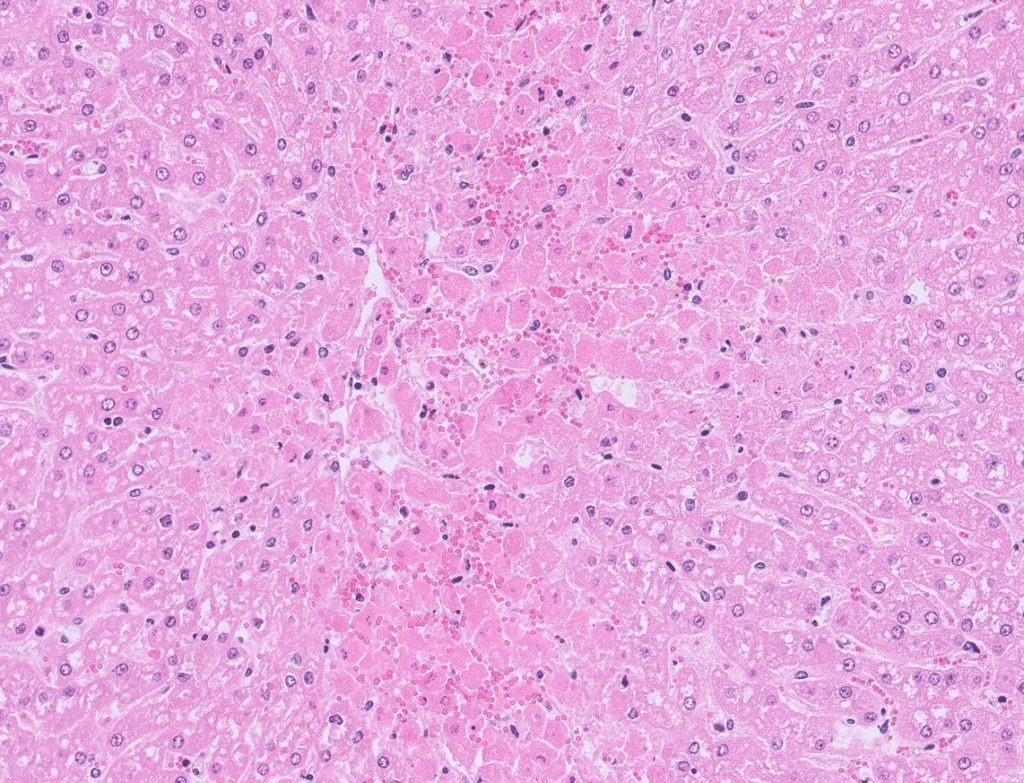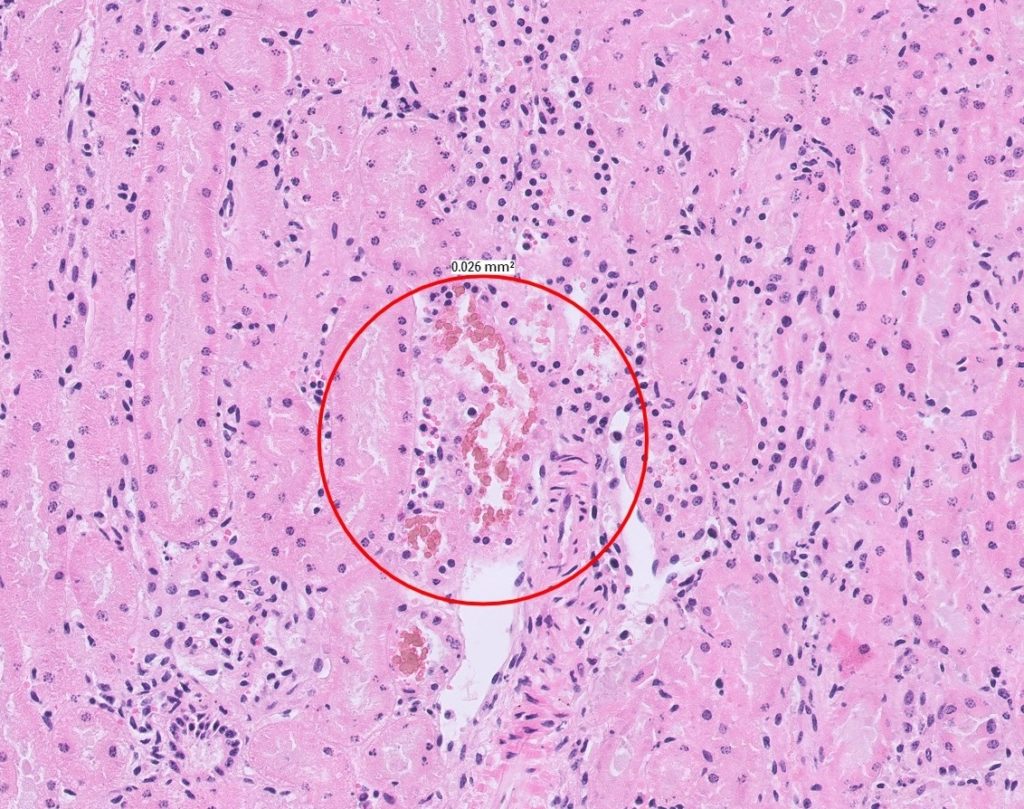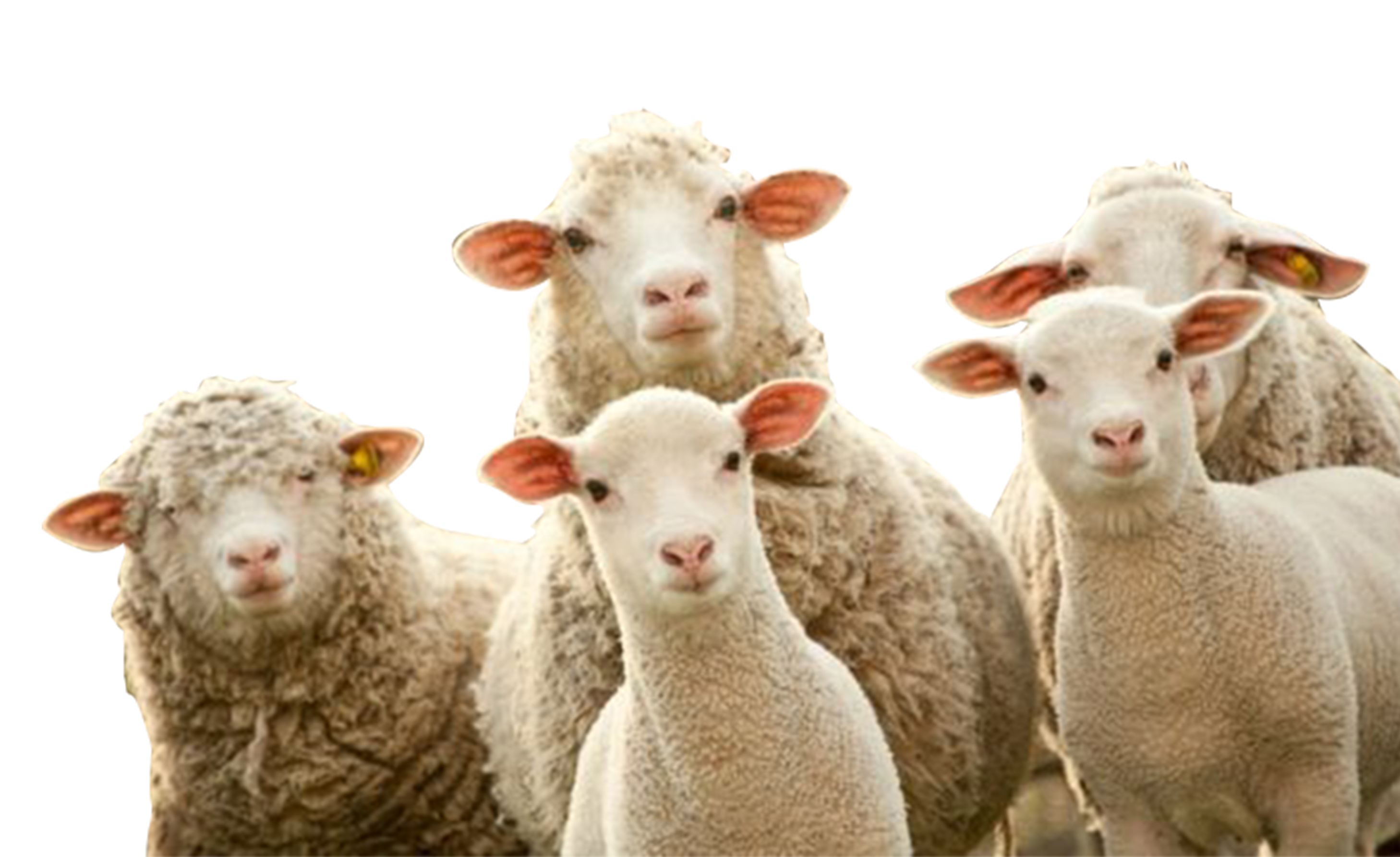ALICE FRASER
A warm, wet summer certainly brings an abundance of feed for livestock grazing or to harvest, but it also brings more disease issues to consider.
For sheep farmers, such conditions can cause increased cases of fly strike, early bouts of Haemonchus and the threat of an upcoming high sporidesmin challenge, to name a few. In addition, this wet summer season, Gribbles Veterinary have seen an increased incidence of leptospirosis in weaned lambs.
Background:
Leptospirosis is a globally important disease which can affect all mammalian species as well as man, caused by pathogenic species of Leptospira. These slender, helical, motile, spirochete bacteria, harbour in the kidneys of chronically infected, carrier animals and are shed intermittently in their urine into the environment. Animal reservoirs of the disease include livestock as well as wildlife, typically rodents. In addition, leptospires survive in wet soils, leading to contamination of surface water following heavy rainfall and flooding.
There are multiple species of Leptospira and numerous serovars (the complexity of the classification is beyond the scope of this article). The most significant serovar causing acute, severe clinical disease in young lambs is Leptospira interrogans serovar Pomona. Pigs as well as wildlife are considered to be the maintenance host of this serovar but some outbreaks in lambs have no apparent association with pigs; environmental contamination being the likely source.
Leptospira borgpetersenii serovar Hardjo, the most common serovar in cattle and deer (and host-adapted in these species) showed a high higher seroprevalence in sheep than serovar Pomona in an epidemiological study (Dreyfus et, 2018). However, serovar Hardjo in sheep is more often subclinical and not associated with the acute severe clinical disease observed in lambs with serovar Pomona.
Serovar Pomona outbreaks in lambs:
The typical picture is sudden deaths and malaise in several lambs in a mob, with possibly 10 to 20 dead lambs. On opening an affected lamb carcase (usually in good body condition), the key necropsy findings are: marked jaundice of the omental fat, generalised carcase pallor, yellow/brown liver, dark urine and dark swollen kidneys.
Necropsy samples for Leptospira diagnosis:
> fresh kidney and urine (pooled for PCR);
> fresh liver if copper/zinc toxicities are possible causes to differentiate (see below);
> fixed kidney and liver for histopathology (and a range of other tissues if other differentials are considered).
Sick lambs:
> collect urine for PCR;
> EDTA blood for haematology (including blood film analysis) for differential diagnoses;
> serum samples for the first of paired serology tests for Leptospira serovar Pomona (collect the second serum sample approximately two weeks later to demonstrate rising titres).
Typical diagnostic results confirming Leptospira serovar Pomona:
Histopathology:


Leptospira PCR on fresh kidney tissue and/or urine:
> False negatives can occur with urine samples alone as the pathogens are intermittently shed from the kidneys.
Serology:
> Leptospira serovar Pomona: rising titres observed.
> Leptospira serovar Hardjo, often low background titres (probably maternal).
Differential diagnoses:
Other causes of haemolytic anaemia in sheep include:
· Copper, zinc toxicity, chronic or acute. There is usually a history of administration. Haematology with blood smear evaluation (which may illustrate RBC Heinz bodies resulting from RBC oxidant injury). Also test copper or zinc levels in fresh liver or kidney.
· Brassica toxicities – grazing history.
· Mycoplasma ovis infection – parasites in RBCs, seen on evaluation of blood smears.
· Bacillary haemoglobinuria (Clostridium haemolyticum), check clostridial vaccine history. Usually triggered by lesions of liver necrosis.
· Heavy sporidesmin challenge can directly cause acute haemolysis in some cases. Diagnosis usually relates to the season and high spore counts, confirmed by testing serum liver biochemistry (raised GGT enzyme).
Pathogenesis of leptospirosis:
Outbreaks of leptospirosis affecting weaned lambs occur after exceptionally heavy summer rainfall, causing accumulation of surface water to which stock have access. Transmission can be direct through infected urine splashing and post-abortion discharges but indirect transmission through contamination of soil and water sources via infected urine, is more likely for grazing lambs.
Leptospires penetrate exposed mucous membranes or through abraded or water softened skin and then disseminate throughout the body. After a brief leptospiraemia the development of opsonising and agglutinating antibodies clears the leptospires from all sites (in subclinical or chronic cases), except those poorly penetrated by antibodies including the renal tubules, CSF, vitreous humor (and, certain serovars, the genital tract). In subclinical cases leptospiral infections are detected only via serology or lesions of interstitial nephritis at slaughter/necropsy.
However, the acute and often severe form of the disease occurs during the leptospiremic phase, particularly in young animals, as observed in the outbreaks of serovar Pomona in grazing lambs this season. In these cases, anaemia is initially due to the production of the haemolysin toxin and later is caused by an antibody mediated reaction against leptospiral antigen-coated erythrocytes. Jaundice may result from both the haemolysis as well as toxic and ischaemic hepatocellular injury.
Chronic disease in older sheep can occur in the post-septicaemic phase in the form of abortion, stillbirth, infertility and interstitial nephritis. Localisation of leptospires in the kidney is associated with focal or diffuse interstitial nephritis and with acute transient tubular degeneration.
Prompt treatment of sick lambs with injections of Streptomycin is reported to be highly effective and good protection is afforded by Leptospira vaccination, recommended in high-risk situations (West et al, 2009; Vermunt et al, 1994).
Zoonosis:
Leptospirosis is an important zoonosis and is the most common occupational infectious disease. Most at risk are those working with livestock or in meat processing plants. Also at risk are those working in wet or flooded environments. Infection, as for animals noted above, can be direct via urine splashing or indirect via contaminated water. Anyone working with livestock should ensure cuts/abrasions are properly covered.
References:
Dreyfus A, Wilson P, Benschop J, Collins-Emerson J, Verdugo C, Heuer C. Seroprevalence and herd-level risk factors for seroprevalence of Leptospira spp, in sheep, beef cattle and deer in New Zealand. NZVJ, 66: 302-311, 2018
Vermunt JJ, West DM, Cooke MM, Alley MR, Collins-Emerson J. Observations on three outbreaks of Leptospira interrogans serovar pomona infection in lambs. NZVJ, 42:133-136, 1994
West DM, Bruere AN, Ridler AL. The Sheep: Health, Disease and Production. 3rd Edition. Vetlearn Foundation, Wellington, New Zealand, 2009

